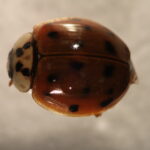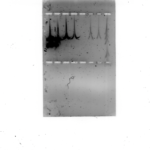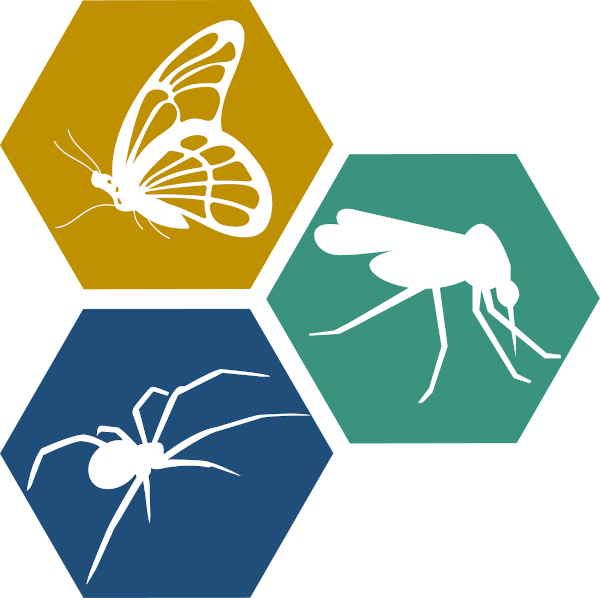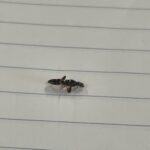Sample information |
|
| Picture |

|
|---|---|
| Location | |
| Collection date | 11/04/2030 |
| Captive / Cultivated? | Wild-caught |
| Group | Benedictine University |
| Observations | collected by Fall 2024 students |
| Putative identification | Arthropoda Insecta Coleoptera Coccinellidae Harmonia Harmonia axyridis |
Methods |
|
| Extraction kit | DNeasy (Qiagen) blood and tissue kit |
| DNA extraction location | Abdomen |
| Single or Duplex PCR | Single Reaction |
| Gel electrophoresis system | Standard electrophoresis system |
| Buffer | TAE |
| DNA stain | SYBR Safe |
| Gel images |

|
| Protocol notes | STEPS OF ISOLATION: •Prepare sample •Cell lysis and DNA precipitation •DNA Purification DNA Elution STEPS OF PCR: •PCR •Purpose/ Goal: The purpose of PCR is to amplify a specific DNA segment •It is essential in identifying an organism and identifying infection •Process: •Denaturation •DNA is heated which separates the double-stranded DNA into single strands by breaking hydrogen bonds •Temperature: 94 – 96 °C •Annealing •allow primers to bind (anneal) to their complementary sequences on the single-stranded DNA •Temperature: 49-55 °C •Elongation •Synthesizes new DNA strands as Taq polymerase adds nucleotides to the primers Temperature: 72 ° C |
Results |
|
| Wolbachia presence | No |
| Confidence level | Low |
| Explanation of confidence level | Gel electrophoresis was unsuccessful as the pipette tip was penetrated the gel, therefore I was unable to determine Wolbachia presence |
| Wolbachia 16S sequence | |
| Arthropod COI sequence | Download FASTA
|
| Summary | The Harmonia axyridis was found to be negative for Wolbachia. |
 Red-Legged Grasshopper
Red-Legged Grasshopper Woodworm Ant
Woodworm Ant